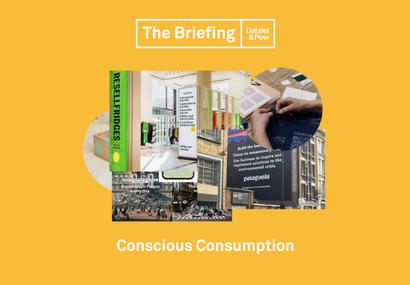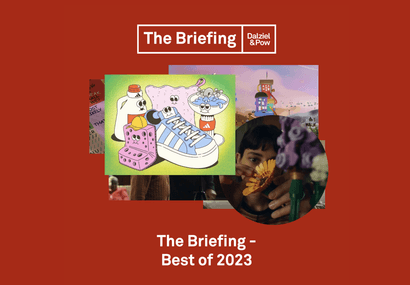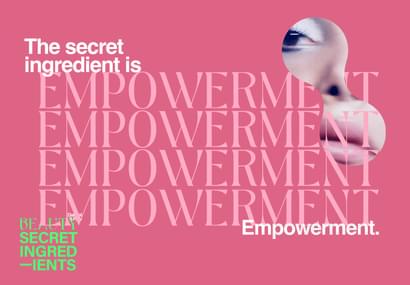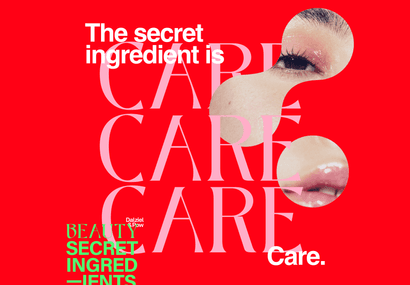According to the World Health Organisation (WHO), many UK cities are breaching the EU limits on air pollution, with London topping the list (diesel fumes are a big culprit). Pollution has been a concern in the South East Asian region for quite some time, but because the UK was never as heavily polluted, we got a little too complacent about growing levels on home turf.
Our skin is a big, porous organ that absorbs most of what it comes into contact with. Even though we can’t necessarily feel it, in the big cities it’s is soaked in pollution every day. Dermatologist Dr Goldfaden says, “Pollution can cause uneven skin tone, dehydration, dryness, dark spots, accelerated ageing, wrinkles, and a deterioration of collagen.”
It’s now possible to find a number of anti-pollution products on the market, with everyone from industry leader Sarah Chapman to high street favourite Bioré, offering products to combat harsh city life. It’s just a matter of time before anti-pollution ranges become as sought after as anti-ageing and anti-breakout lines.
Probiotics:
Now, let’s take it back to ‘you are what you eat’. Gut health is also integral to today’s beauty approach. With all of the new information around the balance of good bacteria and its direct link to our physical and mental health, it’s not surprising to learn that it’s also beneficial when applied directly to the skin.
According to New York City-based dermatologist Whitney Bowe, MD, “Research has shown that bacteria in your gut interact with your immune system, which leads to changes in your skin. I always tell my patients to incorporate foods and drinks that are rich in probiotics. Using a topical (applied directly to skin) probiotic is beneficial, as it offers a protective shield and triggers the production of natural moisturises in the skin.”



















